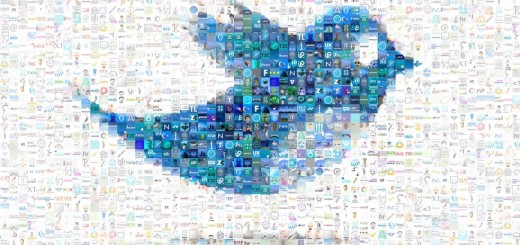Mic’s social approach to distributing its first Obama interview
President Barack Obama has demonstrated time and again that he’s got no problem talking to digital publishers. Over the course of his two terms, the president has sat down with Funny or Die, BuzzFeed and Vox Media, among many others. Last week, it was Mic’s turn — an important milestone in the company’s young history, especially as the 20-minute interview happened right after CNN’s, according to co-founder and CEO Chris Altchek.
“The fact that Mic is getting to interview the president back-to-back with CNN is a major indicator of the sea-change in brand perception [for digital publishing startups],” he said.
What’s more interesting, however, is how Mic hopes to get people to watch its interview, which is available on Mic.com and the entire social spectrum from Facebook to Tumblr. Instead of merely posting the interview and hoping people find their way to it, Mic is fishing where the fish are by chopping and splicing the interview to fit a dizzying array of platforms.
Initially, Mic’s website, its mobile app and Facebook were the key distribution points for the company, which wanted to get the full interview in front of as many people as possible. Mic.com reached 16.4 million uniques in the US across Web and mobile, a 262 percent increase over the previous year, according to comScore. The publication also has more than a million fans on Facebook.
For Web and mobile, Mic built a custom landing page, which includes a custom YouTube-based embed of the full video interview as well as transcripts from the chat. “We programmed it to be the second story across the entire site,” said Altchek. On mobile, Mic sent push notifications that directed users to a video that was optimized for mobile, he added.
Mic’s distribution strategy on Facebook goes beyond the full interview, Altchek added. The company has also been releasing segmented clips on the social network — “single questions that appeal to a specific demo,” according to Altchek — and is then targeting those clips to followers by interest. “Some questions are about Israel, or young people, or the GOP,” said Altchek. “We are then targeting those clips to groups who would be interested in those topics.”
The publisher is applying a similar strategy on other social platforms, including Twitter and Tumblr. On Twitter, where Mic has close to 98,000 followers, the initial focus was to drive users to the landing page on Mic.com. Since then, it’s been focused on natively uploading clips of segments and individual questions and answers.
On Tumblr, it’s been about GIFs, and on Vine and Instagram, super-short videos, all with the goal of driving users to the landing page on Mic.com.
The results, so far, are encouraging, according to Altchek. Within the first 24 hours, the interview landing page received more than 250,000 unique visitors across Web and mobile. Five days later, the number stands at nearly 380,000 unique visitors.
The full interview is also doing well on Facebook — 121,000 views so far — though not as well as Mic’s Web and mobile platforms. And even though the social platform only counts views after three seconds, Altchek is confident in people actually having seen the content. “The time spent on it is insane,” he said. (Mic is all-in on Facebook video, with more than 50 percent of its videos generating more than a million views each.)
Mic has also gotten love from traditional media, with clips of the interview being featured on MSNBC, Politico and even international outlets like BBC Persia and Walla (a large TV channel in Israel).
“That’s a testament to our growing credibility,” said Altchek. “Mic is on [everyone’s] radar and is trusted to do president interviews, which is the Holy Grail of news.”
Even if there are a growing number of hands on that Grail.
Images via Mic.com
The post Mic’s social approach to distributing its first Obama interview appeared first on Digiday.



